Happy Easter 2023 with this floriferous forced Primula elatior (oxlip / hagenøkleblom) in the kitchen window. Unlike England where oxlip is a rare native plant, it was introduced to Norway in the 1800s from further south in Norway and has commonly escaped from gardens naturalising mainly in my area and further north, right to the very north of Norway. This is the first of the three Primulas to flower here, followed by Primula vulgaris (primrose / kusymre) and finally Primula veris (hagenøkleblom).
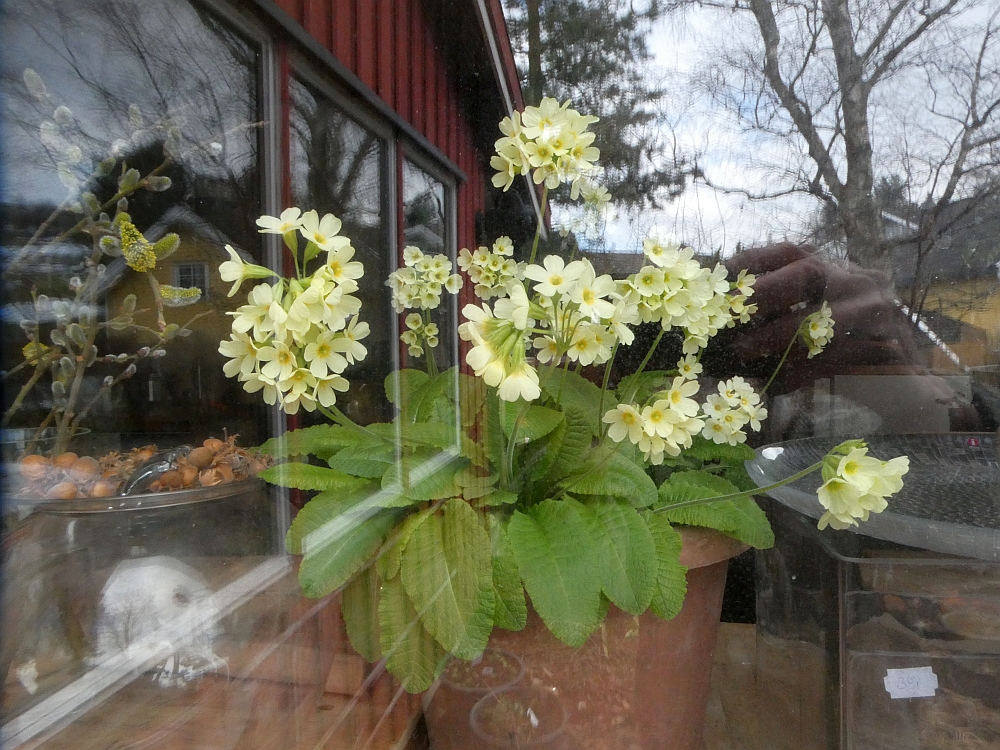
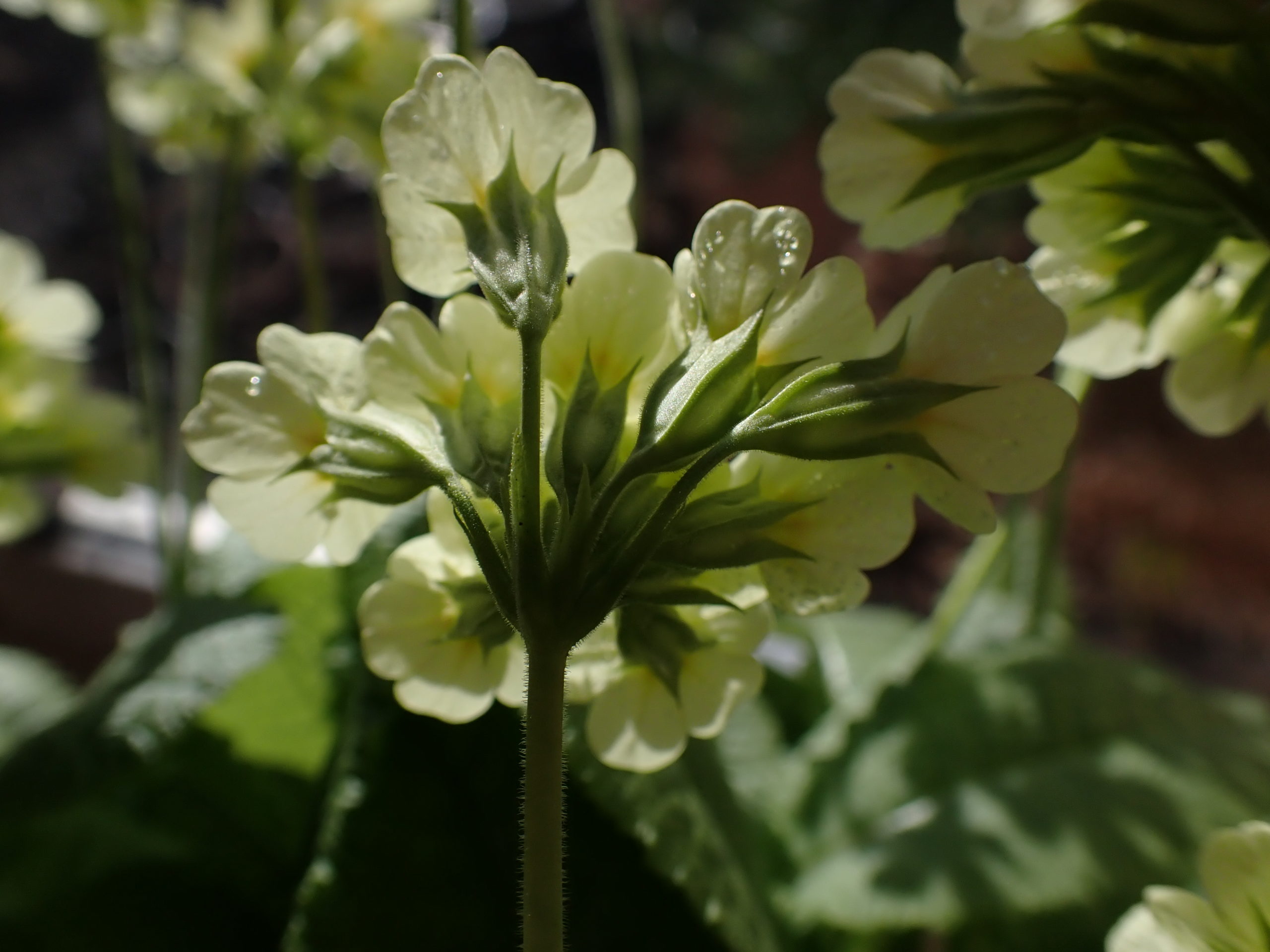

All 3 species which also commonly hybridise where they grow together, as in my garden, are considered to be edible. I mostly use them in mixed salads, the flowers decorating early spring salads. This is what Cornucopia II says about their edibility:

Another one flowering currently in the window are the forced dandelions which we’ve been eating for since January most days:
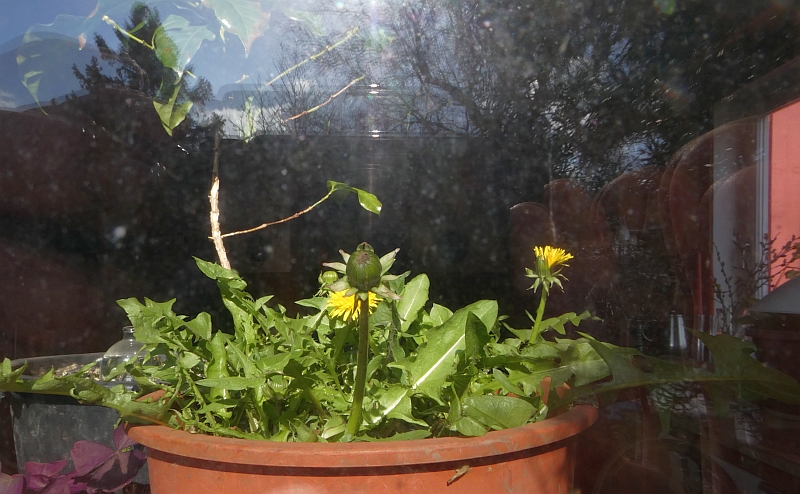
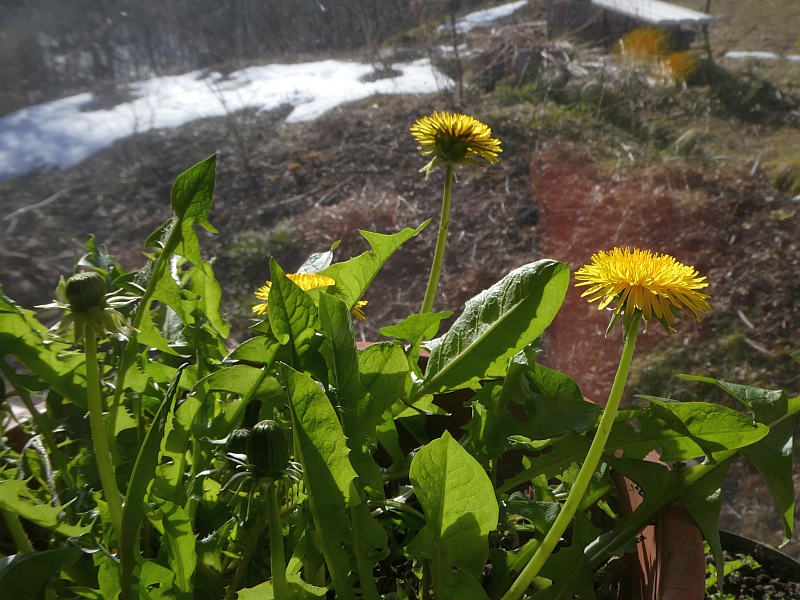

I was very saddened to hear yesterday evening that Stephen Facciola, author of Cornucopia II: A Sourcebook of Edible Plants, the most useful reference work in my journey into the world of edible plants since I bought it 20 years ago, has died in California. This means, sadly, that his monumentous work on the world’s edible plants will probably never be completed. However, he was aware that it would take 20-30 years to complete when he first told me. I was in contact with Stephen over the last 10 years since he contacted me for a copy of my article on Hosta in Permaculture Magazine and I later sent him a copy of my book as he wanted to know more about Hablitzia in particular! He sent me 3 sample plant profiles in 2018 and I will post them below and in my Edimentals and Perennial Vegetables FB group to give you an idea of what could have been.
The picture below was taken some 5 years ago when I finally got a new copy of the book to replace my original copy. Today, the new book looks almost as bad as my first one
I sent the picture to Facciola, he laughed and commented he’d never seen such a well used copy 

Thanks to Joshua Christian for posting this link to an article about Facciola that I’d never seen: https://www.sandiegoreader.com/news/2000/nov/22/cover-cornucopia-stephen-pacciolas-edible-world

The following obituary by David Karp was posted on the FB group of the
Oxford Symposium on Food and Cookery
(incidentally, Karp also wrote this article, All Things Green and Edible in the Los Angeles Times at the completion of Cornucopia II at the end of December 1998: https://www.latimes.com/archives/la-xpm-1998-dec-27-fo-57875-story.html)
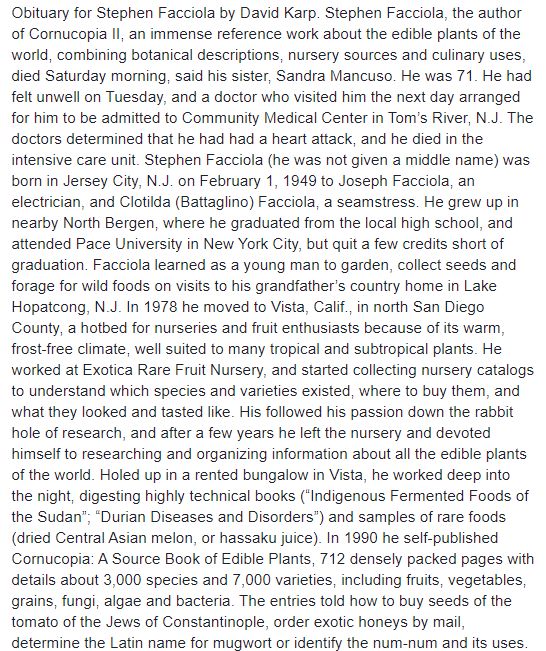

Finally, here are the 3 sample plant profiles that were sendt to me by Facciola in 2018. None of these plants are in Cornucopia II. Our loss is great….let us hope that a team is assembled with proper funding to document the world’s edible plants according to Facciola’s vision while we still can!
Download (PDF, 608KB)
Download (PDF, 450KB)
Download (PDF, 248KB)
2011: “Stephen – Nice to see that readers are using ‘Cornucopia’ to such an extent. I’ve seen some beat up copies but I think yours is the winner. Having developed a format for an illustrated book on all or most of the world’s edible plants, I’m currently not planning a third edition of ‘Cornucopia’. I do have damaged copies of ‘Cornucopia II’ I can send you but the shipping charges would be high. Please send the Hosta article. The Hablitzia article was available for free download. I enjoyed reading the posts on your “Friends of Hablitzia…” group page. Regarding the reddish early-season shoots: what percentage of seedlings have this trait? Also, do plants described as red-stemmed also have red leaves on mature vines? Best regards, Stephen”
2014: “I haven’t made much progress in writing but I have managed to do some traveling: to Holland, Oman, Armenia, Nagorno-Karabakh, Georgia and Uzbekistan.”
2017: “Hi Stephen, congratulations on ‘Around the World in 80 Plants’. There won’t be a ‘Cornucopia III’, I’m working on an ‘Edible Plants of the World’ book which is still a long term project even though it will be an abridged version. Just how abridged depends on time, health and funding. Best, Steve”
Perennial vegetables, Edimentals (plants that are edible and ornamental) and other goings on in The Edible Garden











